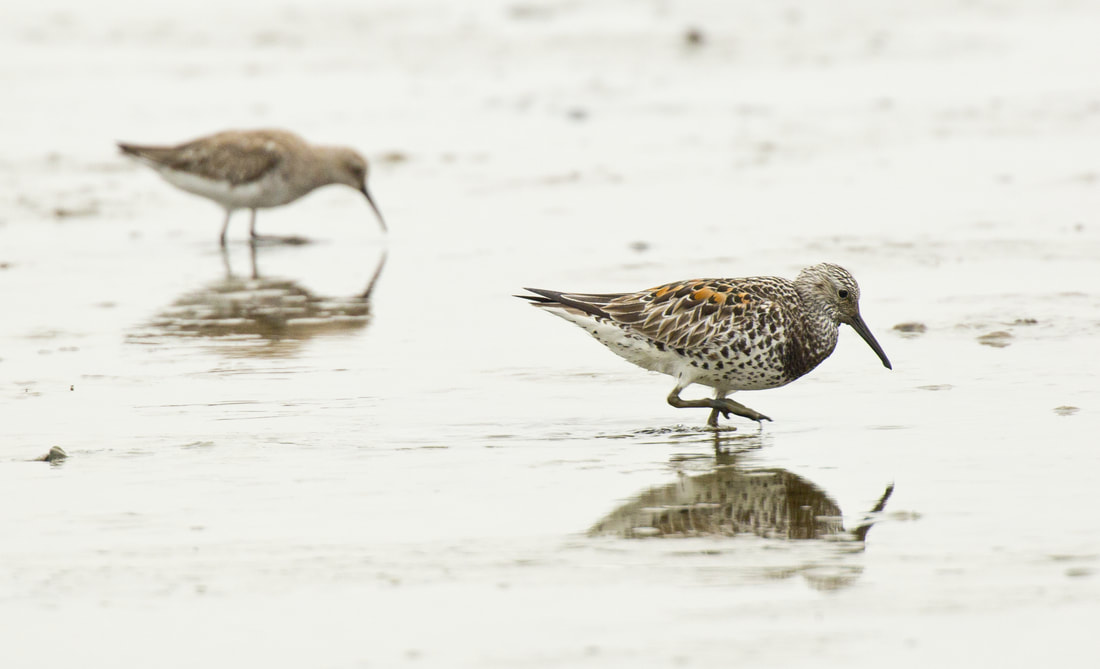|
A HALT TO RECLAMATION IN THE YELLOW SEA The mud flats on the Yellow Sea make up the most important feeding area for shorebirds on the East Asian - Australasian Flyway. Unfortunately in recent years, to the detriment of the shorebirds, about 70% of the mud flats have been reclaimed. The figures tell their own story: around 90,000 Great Knots have “disappeared” from their Australian wintering grounds; the population of Bar-tailed Godwits wintering in New Zealand has gone from 155,000 in the mid-1990s to 70,000 today. Fortunately, in January 2018 the Chinese government announced a halt to all “business-related” land reclamation along its coasts. Details of this can be found on Terry Townsend’s Birding Beijing site https://birdingbeijing.com/ (scroll down the home page) . If the policy is implemented rigorously, it will be a major step forward in preventing the continuing decline (and probable extinction) of a number of shorebird species. DECLINE IN THE POPULATION OF ORANGUTANS IN BORNEO
An international team of conservationists have recently published a report on the Bornean Orangutan. The team’s findings are disturbing: from 1995 to 2015, there was a loss of 148,500 orangutans in Borneo, leaving a current population of between 70,000 and 100,000. Such a rapid rate of decline is due to two main factors: habitat loss (forest being cut down for palm oil and acacia plantations) and – less well-known, perhaps - deliberate killing of the apes by hunters and farm workers. For more details, see the article in the Guardian newspaper at: https://www.theguardian.com/environment/2018/feb/15/dramatic-decline-in-borneos-orangutan-population-as-150000-lost-in-16-years
0 Comments
Leave a Reply. |

 RSS Feed
RSS Feed
